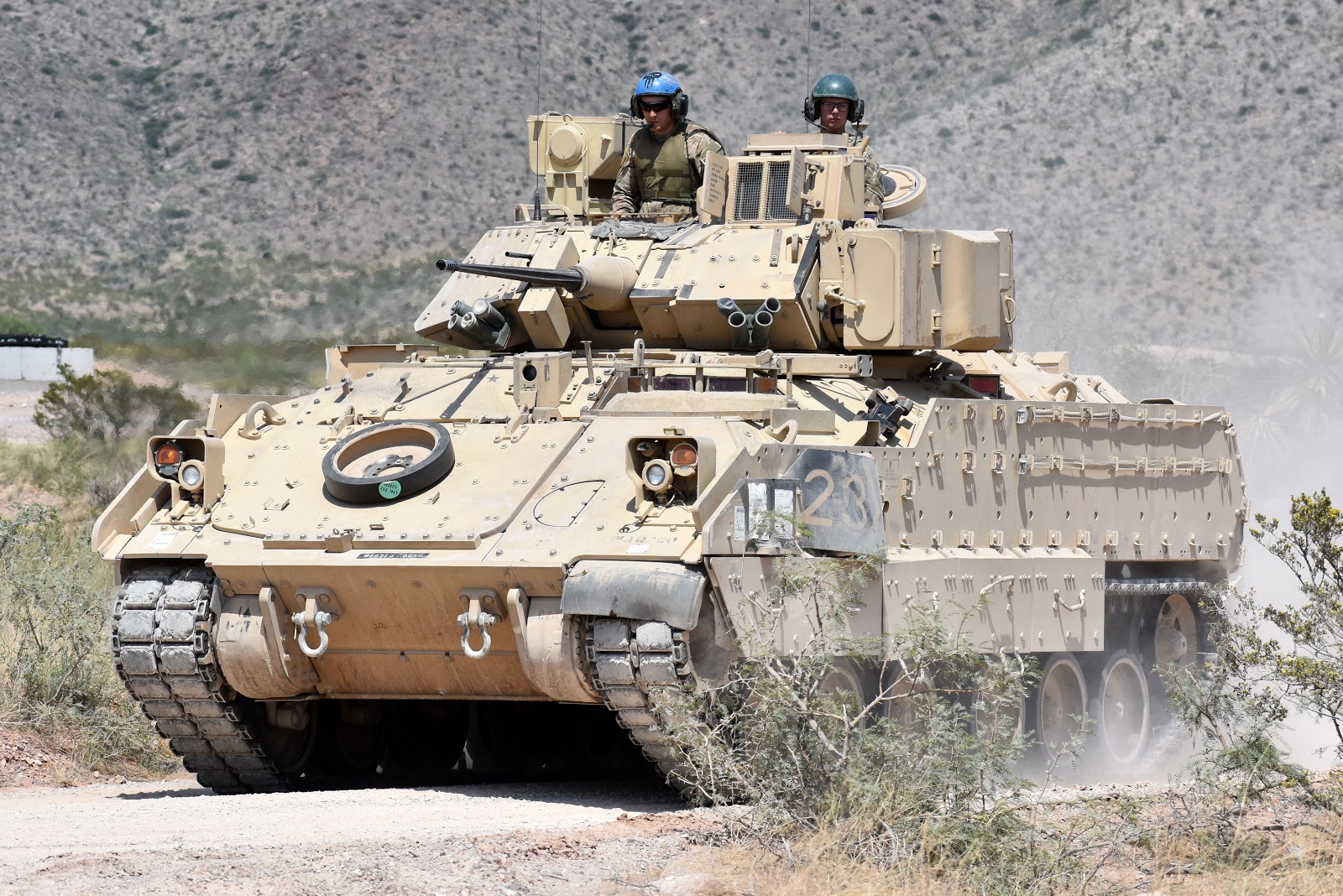

Exploring The Bradley Gun: A Comprehensive Overview
The Bradley Gun represents a significant advancement in military weaponry, combining versatility and firepower in one robust package. Designed primarily for the U.S. Army, this vehicle-mounted weapon system has proven its effectiveness in various combat scenarios. As military technology continues to evolve, the Bradley Gun stands out for its unique capabilities, catering to the demands of modern warfare.
In this article, we will delve into the intricacies of the Bradley Gun, examining its design, functionality, and role within the larger context of military operations. From its historical background to its current applications, we aim to provide a thorough understanding of this formidable weapon system.
Whether you're a military enthusiast, a history buff, or simply curious about advanced weaponry, the Bradley Gun is a fascinating topic that sheds light on the evolution of combat technology. Join us as we explore the key features, advantages, and challenges associated with this impressive piece of machinery.
What is the Bradley Gun?
The Bradley Gun, officially known as the M2 Bradley Infantry Fighting Vehicle, is a highly versatile combat vehicle used by the United States Army. It is designed to transport infantry into battle while providing them with fire support. The M2 Bradley is equipped with a 25mm chain gun, a TOW missile launcher, and a 7.62mm coaxial machine gun, making it a formidable opponent on the battlefield.
How Does the Bradley Gun Function?
The Bradley Gun operates on a unique platform that combines mobility, armor, and firepower. It features a tracked chassis, allowing it to traverse various terrains with ease. The vehicle's advanced targeting systems enable it to accurately engage both ground and aerial threats.
- 25mm Chain Gun: This primary weapon provides effective fire against light armored vehicles and infantry.
- TOW Missile Launcher: Capable of engaging armored targets at a distance, the TOW missile is a key component of the Bradley's offensive capabilities.
- Armor Protection: The vehicle is equipped with composite armor, offering protection against small arms fire and shrapnel.
What Are the Key Features of the Bradley Gun?
The Bradley Gun is distinguished by several notable features that enhance its operational effectiveness:
- Mobility: The vehicle's tracked design allows for superior maneuverability in diverse environments.
- Firepower: With multiple weapon systems, the Bradley can engage a variety of targets.
- Situational Awareness: Advanced sensors and communication systems provide the crew with real-time battlefield information.
What is the History of the Bradley Gun?
The development of the Bradley Gun began in the 1960s, with the intention of creating a vehicle that could support infantry units in combat. It was designed to replace the aging M113 armored personnel carrier. After years of development and testing, the Bradley was officially introduced into service in the early 1980s.
What Role Does the Bradley Gun Play in Modern Warfare?
In contemporary military operations, the Bradley Gun serves multiple roles beyond simply transporting troops. Its ability to engage both ground and aerial targets makes it an essential asset in combined arms warfare. The vehicle's versatility allows it to adapt to various combat scenarios, including urban warfare and open battlefield engagements.
How Has the Bradley Gun Evolved Over Time?
Since its introduction, the Bradley Gun has undergone several upgrades to enhance its capabilities. These improvements have included upgraded armor, advanced targeting systems, and enhanced communication technologies. As threats on the battlefield evolve, so too does the design of the Bradley, ensuring it remains a relevant and effective combat vehicle.
What Challenges Does the Bradley Gun Face?
Despite its many advantages, the Bradley Gun is not without its challenges. Critics have pointed out issues related to its weight, which can limit mobility in certain situations. Additionally, the vehicle's vulnerability to modern anti-tank weapons has raised concerns about its effectiveness in future conflicts.
What Are the Future Prospects for the Bradley Gun?
As military technology continues to advance, the future of the Bradley Gun remains uncertain. Ongoing research and development efforts aim to address its current limitations while incorporating new technologies that enhance its combat capabilities. The potential for autonomous systems and advanced weaponry may redefine the role of the Bradley in future military operations.
Conclusion: The Legacy of the Bradley Gun
In conclusion, the Bradley Gun has established itself as a vital component of the U.S. Army's arsenal. Its unique combination of mobility, firepower, and adaptability has made it a formidable force on the battlefield. As military needs evolve, the Bradley continues to adapt, ensuring its legacy endures in the ever-changing landscape of modern warfare.
Unveiling The Life Of Adnan Syed's Wife: A Tale Of Love And Resilience
Unpacking The "I Had To Do It To Em" Meme: A Cultural Phenomenon
Discovering The Enigma Of Marchine Bertrand


